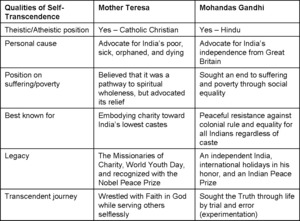Rare and fatal lung disease Lymphangioleiomyomatosis (LAM), predominantly affects women of all races (This lung disease rarely effects men) and of childbearing age (LAM has been reported in patients aged 12 to 70 years old), first described in medical literature by Von Stosesel in 1937. The disease characterterized by an unusual type of muscle cells that invade the tissue of the lungs (including the airways), blood and lymph vessels (Part of the lymphatic system that produce and transport lymph fluid from tissues to the circulatory system. Critically important maintain a healthy immune system). These cells are not considered cancerous. Eventually, these muscle cells grow into the walls of the airways, and blood and lymph vessels, causing them to become obstructed. This blocks flow of air, blood and lymph vessels to and from the lungs. Thus preventing the lungs from providing oxygen to the rest of the body. At least fifty percent of patients develop kidney tumor called Angiomyolipoma. Approximately, 2.5 percent of patients with tuberous sclerosis (genetic disease that causes benign tumors to grow including within the lungs) develop disease that is identical, which occurs in LAM. Symptoms associated to LAM includes: Coughing, difficulty breathing (dyspnea), especially during periods of exercise or exertion, chest pain and can become extremely fatigued. In worst cases, complications lead to collapse lung or fluid accumulation around the lungs (pleural effusion). This could potential lead to chronic respiratory failure, and inevitable require supplemental oxygen. Fortunately, the survival time has increased to more than 20 years after diagnosis.
Vera Krymskaya, PhD, Research Associate Professor of Medicine in the Pulmonary, Allergy and Critical Care Division at the University of Pennsylvania School of Medicine, devoted extensive research to find a method of treatment for Lymphangioleiomyomatosis. She discovered in 2002, growth of muscle cells that invade the tissue of the lungs, controlled or treatable by Rapamycin (drug) approved by the Food and Drug Administration. The drug mimics the function of the missing proteins that contribute to causing LAM. Her discovery has lead to the first-ever LAM treatment clinical trial. Funding for LAM research provided through LAM Foundation and various grants from the National Institute of Health.
Lymphangioleiomyomatosis is either undiagnosed or misdiagnosed (Scientists estimate there could be as many as 250,00 – 300,000 LAM patients worldwide) with symptoms (including shortness of breath upon exertion) related to asthma, bronchitis or emphysema by physicians. Tests used to diagnosis this lung disease includes: Chest x-ray, Lung function test, Blood Tests, Chest CT Scan (considered most reliable), and Lung biopsy. According to Dr. Vera Krymskaya, when early stages of LAM is diagnose, patients can be better treated and before the damage is done to a lung, requiring a transplant. One year survival following lung transplant approximately 70 percent and three years survival rate is approximately 50 percent. Patients are recommended to maintain a healthy diet, exercise, plenty of rest, and absolutely no smoking.
Sue Bymes founded the LAM Foundation (After her daughter was diagnosed with LAM), an international nonprofit organization, directed to research, education, support, and finding a cure for this lung disease. Fundamentally understanding the genetic cause of Lymphangioleiomyomatosis, and hopeful treatment options. Prior to the establishment of this organization, LAM had often been described as “the lonely disease.” On August 2005, LAM Foundation celebrated its tenth anniversary. The LAM Foundation has raised nearly $8.7 million.





